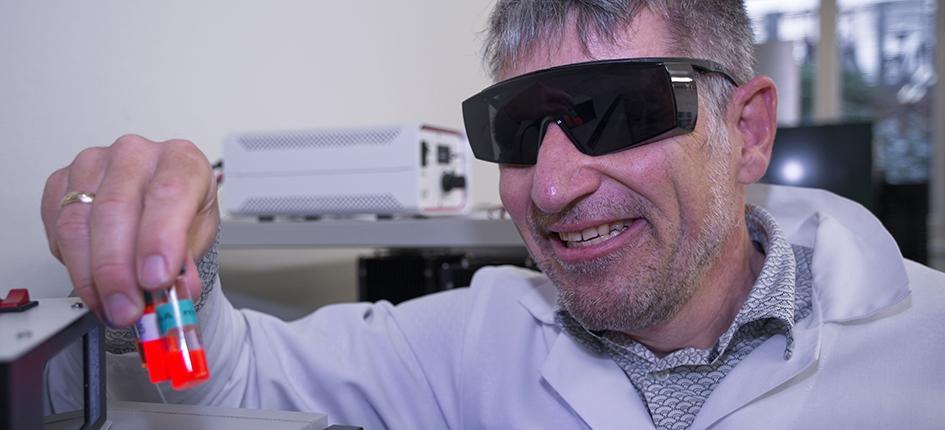
When fluorescent dye molecules nestle perfectly together, chemical light amplifiers are ten times more efficient than before. This groundbreaking discovery was made by a team in the Functional Polymers lab of the Swiss Federal Laboratories for Materials Science and Technology (Empa) in Dübendorf together with researchers from the Swiss Federal Institutes of Technology in Zurich and Lausanne, the Paul Scherrer Institute and IBM Research Zürich.
In this, up to 60 percent of the incoming light is re-emitted. “This also means that up to 60 percent of the energy can be transmitted without loss – compared to the previous five percent, this is a sensation,” as Empa explained in a press release.
Known as J-Aggregate among experts, these dye molecules with a perfect, internal structure and special electronic inner life have been known for 85 years. In these J-Aggregates, the dye molecules are well ordered and very close together, much like matches in a box. Compared to classic semiconductors, electrons in J-aggregate only oscillate back and forth in the dye molecule and never leave it. Instead of whole electrons, only oscillations are transmitted, extremely fast and across hundreds of molecules. Up to now, only 5 percent of the radiated energy could be transmitted.
The quantum leap in this research that has been achieved by the Swiss researchers is finding perfectly constructed dye islands created in a fine emulsion. Only in a bicontinuous emulsion can individual dye molecules combine to form streak-like structures in the defect-free J-aggregates. “What we see here is energy transfer that is much faster than in any semiconductor,” said Empa physicist Jakob Heier.
For example, it is possible to capture weak infrared light with the help of these dyes and convert it into digital signals with the help of quantum dots. Sensor technology and solar cells could therefore provide electricity even in very weak light. They also lend themselves to applications in quantum computers and optical data transmission. This could greatly facilitate and improve high-resolution microscope imaging of living tissue.
Related news
Contact us
Can we put you in touch with a peer company or research institute? Do you need any information regarding your strategic expansion to Switzerland's technology and business center?
info@greaterzuricharea.com